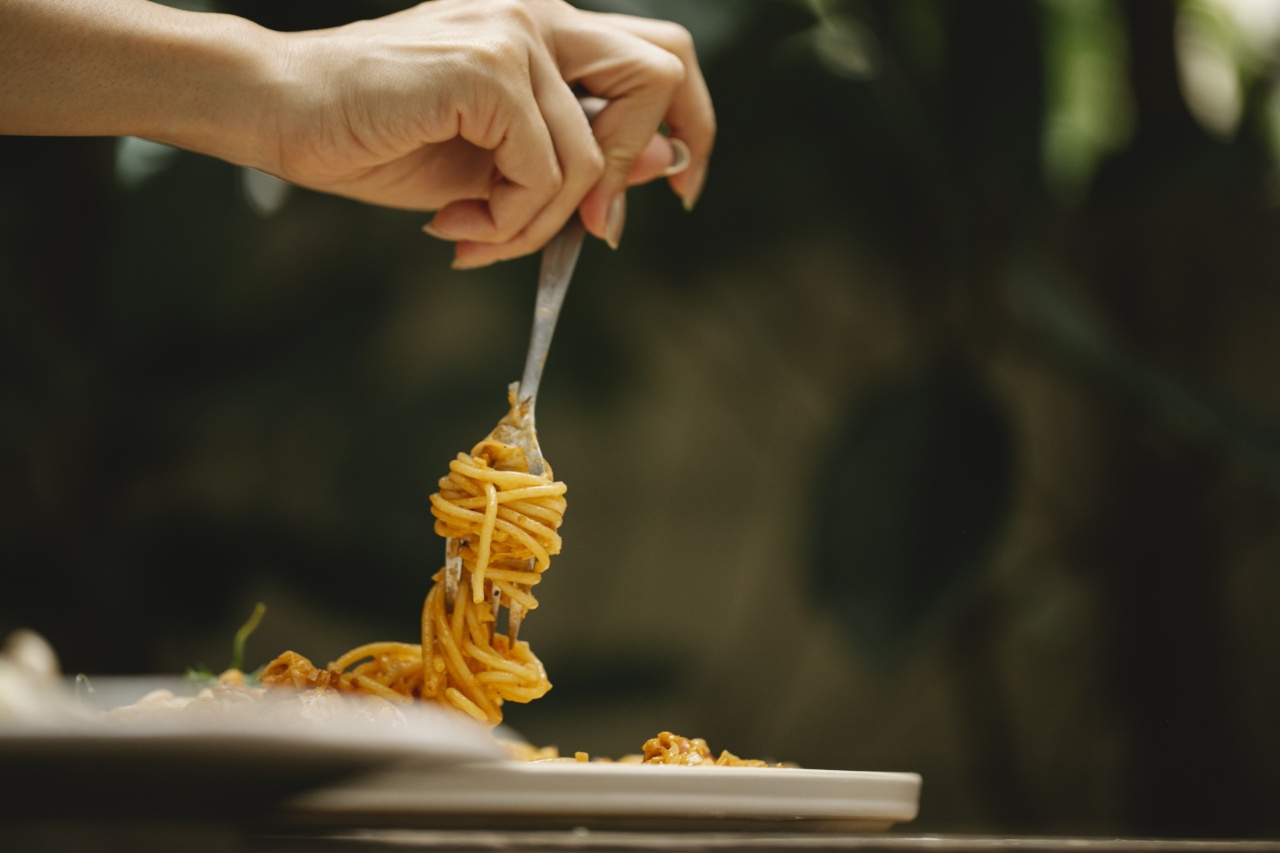When we walk into a restaurant, we are often greeted with an enticing menu full of mouth-watering dishes.
Whether it’s a fancy fine dining establishment or a casual diner, the goal of the menu is clear – to get us to order and eat as much as possible. But have you ever stopped to think about how restaurants are able to achieve this? In this article, we will expose the restaurant menu scam and reveal the tactics they use to make us eat more than we should.
The Psychology of Menu Design
Menu design is an art, and restaurants employ various psychological tactics to influence our ordering decisions. One common technique is to create a menu that is visually appealing and easy to read.
Studies have shown that people are more likely to order dishes that are accompanied by mouth-watering images or descriptions.
Another trick restaurants use is to strategically place high-profit items on the menu. These items are often highlighted or placed in prominent locations such as the top right corner, as our eyes tend to gravitate towards that area when scanning a menu.
This increases the chances of us ordering these high-profit dishes, even if they may not be the healthiest options.
The Role of Descriptive Language
Have you ever noticed how menu items are described in fancy, appetizing language? Instead of simply stating “grilled chicken,” restaurants may use phrases like “succulent, juicy grilled chicken.” The use of adjectives and sensory words makes the dish seem more flavorful and enticing, leading us to choose it over other options.
Not only do restaurants use descriptive language, but they also employ strategic placement of certain ingredients.
By using terms like “topped with cheese” or “drizzled with rich, creamy sauce,” they make the dish sound more indulgent and irresistible. These subtle cues make us more likely to order items that may be higher in calories and fat.
Portion Distortion
Restaurants are notorious for serving oversized portions, and this is no accident. Studies have shown that people have a tendency to eat more when presented with larger portions.
By serving us more than we actually need, restaurants create a sense of value and satisfaction, making us more likely to return.
In addition to larger portions, restaurants often offer combo meals or value deals that include extra items. These seemingly good deals make us feel like we are getting more for our money, further encouraging us to overeat.
The Power of Menu Pricing
Menu pricing can also be a powerful tool in influencing our choices. Restaurants may list the prices without the dollar sign or use a small font for the prices, so we focus more on the dish itself rather than the cost.
This subtle technique makes us more likely to choose items based on their appeal rather than their price.
Another pricing strategy is to use “charm prices” that end in 9 or 99 cents. For example, instead of pricing a dish at $10, a restaurant may list it as $9.99. This makes the price seem lower, even though the difference is minimal.
Studies have shown that people perceive prices ending in 9 to be significantly lower than they actually are, leading us to choose these items more often.
The Allure of Add-Ons and Extras
Restaurants love to upsell us on add-ons and extra items, as they are often high-profit items. From appetizer platters to dessert specials, these extras tempt us with their indulgent appeal.
By offering these additional items, restaurants not only increase their profits but also encourage us to eat more.
Furthermore, restaurants may offer free refills on drinks or endless bread baskets to make us feel like we are getting a great deal. These freebies create a sense of abundance and encourage us to consume more without considering the consequences.
The Impact of Menu Engineering
Menu engineering involves carefully structuring and organizing the menu to promote certain items over others. Restaurants strategically use various formatting techniques, such as bold fonts, boxes, and shading, to draw attention to specific dishes.
They also use design elements like spacing and lines to guide our eyes towards particular sections of the menu.
Another aspect of menu engineering is the placement of higher-margin items strategically. Restaurants may place these items next to popular dishes or as a “chef’s recommendation” to sway our decision-making.
By cleverly engineering the menu, restaurants are able to influence the choices we make.
The Role of Social Proof
Have you ever noticed the words “popular” or “chef’s special” next to certain menu items? These phrases create a sense of social proof, making us believe that these dishes are the best choices.
Restaurants leverage our tendency to follow the crowd by highlighting the most ordered or recommended dishes.
In some cases, restaurants may even use fake social proof by listing items as “customer favorites” when they are actually dishes they want to sell more of.
This manipulation of social proof tricks us into thinking that everyone else loves these dishes, so we should too.
Technological Tricks
In this digital age, many restaurants have started using technology to enhance the dining experience.
Digital menus displayed on tablets or interactive kiosks allow restaurants to showcase mouth-watering images alongside descriptions, enticing us to order more. They may also use features like pop-up messages or personalized recommendations based on our previous orders to influence our choices.
Additionally, some restaurants now offer online ordering, making it even easier for us to order more food without feeling the need to restrain ourselves.
The convenience of mobile apps and delivery services has further increased the temptation to indulge in unhealthy eating habits.
How to Resist the Menu Scam
Awareness is the first step in resisting the menu scam. By understanding the tactics used by restaurants, we can make more informed choices and resist the temptation to overeat.
It is important to read the menu carefully and pay attention to portion sizes. Consider sharing an entrée with a dining partner or opting for smaller portions when available.
Be mindful of the descriptive language used and look for healthier options that are not disguised by indulgent descriptions.
When it comes to pricing, remind yourself to consider the value of the dish rather than just the cost. Evaluate if the item is truly worth the price and if it aligns with your dietary goals.
Don’t let charm pricing fool you into making unhealthy choices.
Remember that you have the power to say no to add-ons and extras. Stick to your original order and resist the temptation to indulge in additional items that may not align with your health goals.
Lastly, be cautious of social proof. Just because a dish is labeled as a “chef’s recommendation” or a “customer favorite” doesn’t mean it is the best choice for you.
Trust your own preferences and make choices based on what will truly satisfy you.
The Menu Scam Unveiled
The restaurant menu scam is a clever ploy to make us eat more than we should.
By understanding the psychology behind menu design, the impact of pricing strategies, the allure of add-ons, the power of menu engineering, and the influence of social proof, we can arm ourselves against these manipulative tactics. Remember to stay aware, make informed choices, and prioritize your own health and well-being.































